This doctoral research project traces the origin and evolution of Tibetan typeforms from their inception in 1738 up to the present day, and investigates their typographic use.
The first chapter of this thesis introduces the characteristics of the Tibetan script and is followed by chapters which present an analysis of the chronological evolution of significant developments in Tibetan type design within their historical context. A comparative investigation into Tibetan typefounding and composing practices is undertaken, in order to identify the different methods of resolving the inherent typographic complexities of the Tibetan script, e.g. the large character set; the vertical composition of conjoined consonants; diacritical positioning; and the like. Particular attention is paid to the period of hand-composition which laid the foundation for subsequent typographic developments.
The final part of the thesis analyses the current state of digital Tibetan typefaces and offers suggestions to improve the representation of the Tibetan script in contemporary typographic use. The conclusion proposes a methodology for the completion of a digital Tibetan typeface.
This doctoral research project was undertaken at the Department of Typography & Graphic Communication, University of Reading (UK).
The results of this study is published in my book ‘Tibetan typeforms’ by Uitgeverij De Buitenkant (Amsterdam).



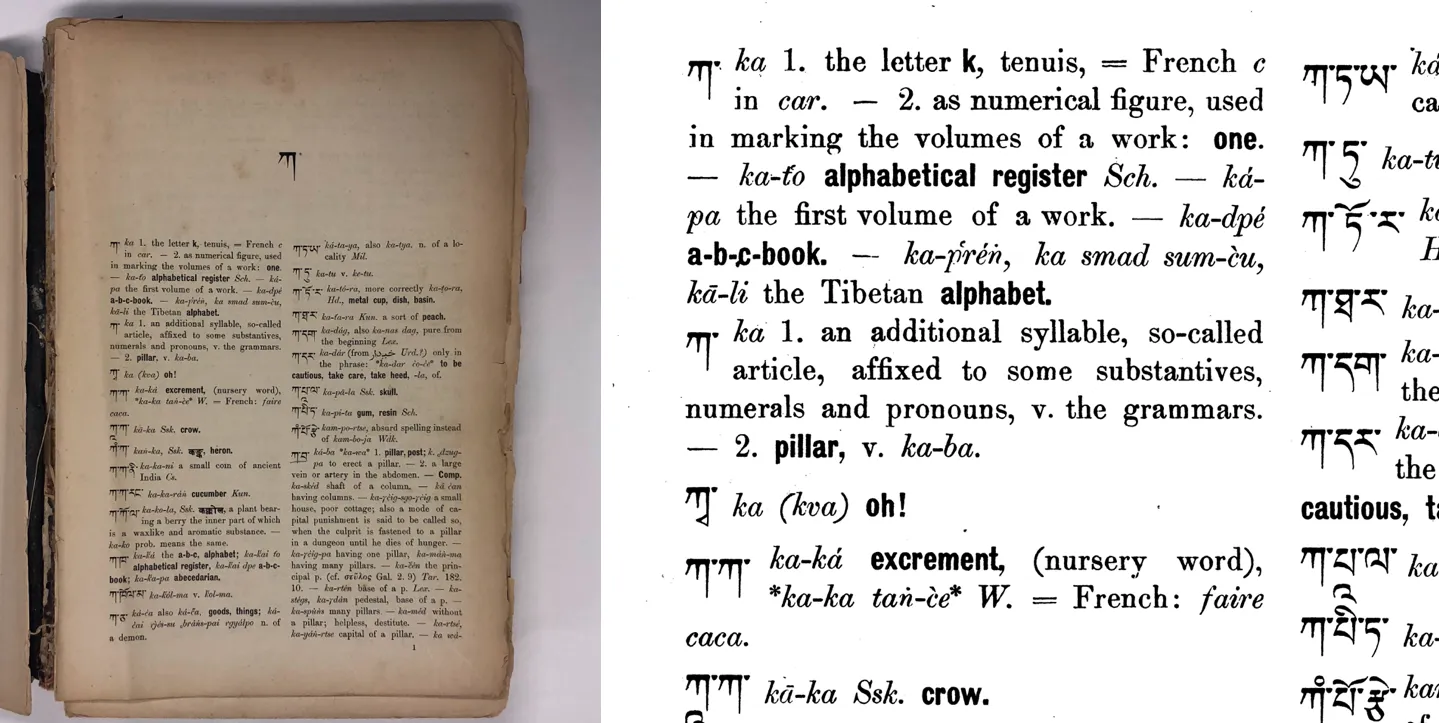
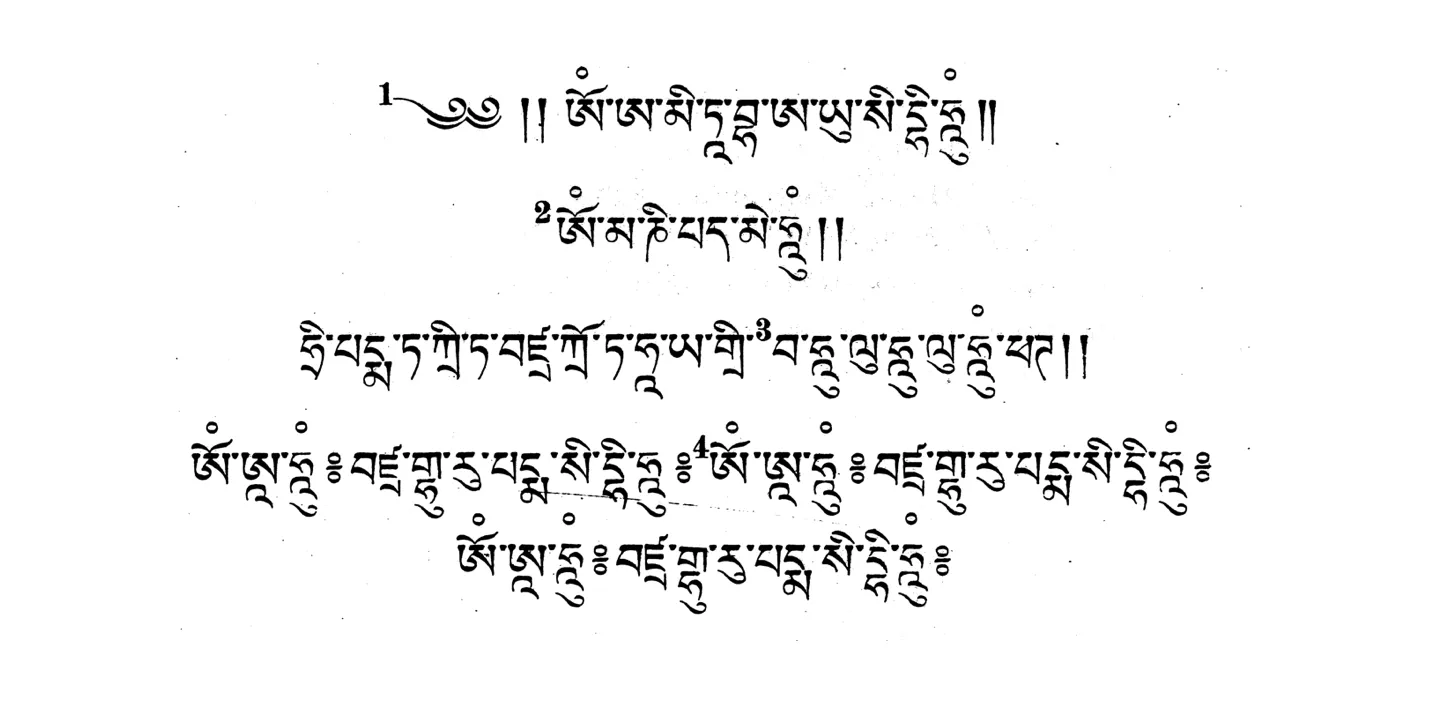
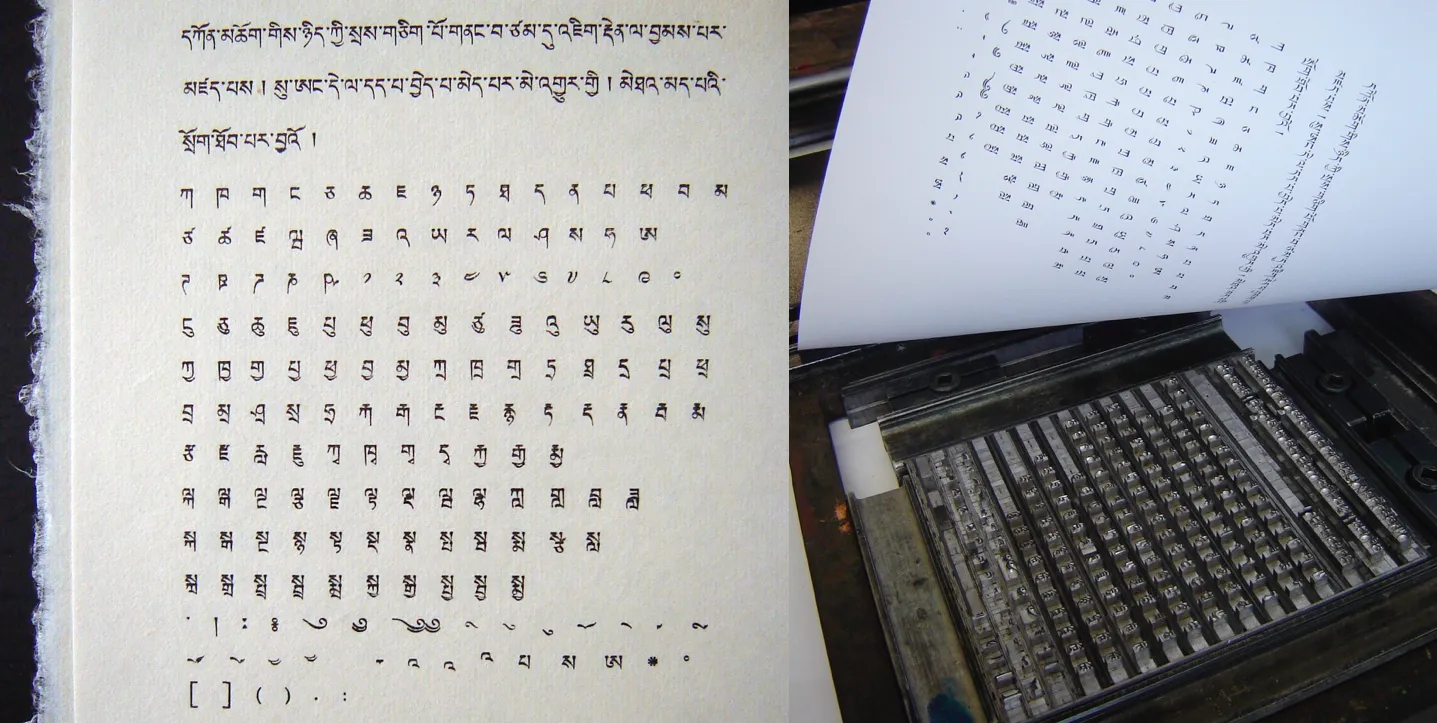
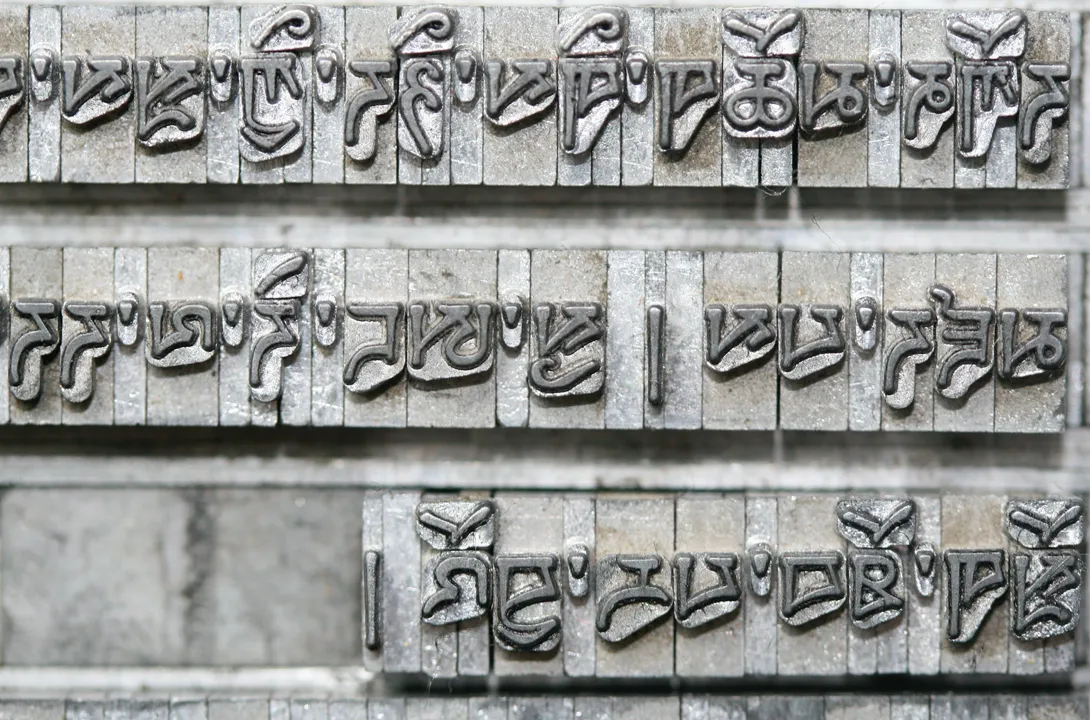
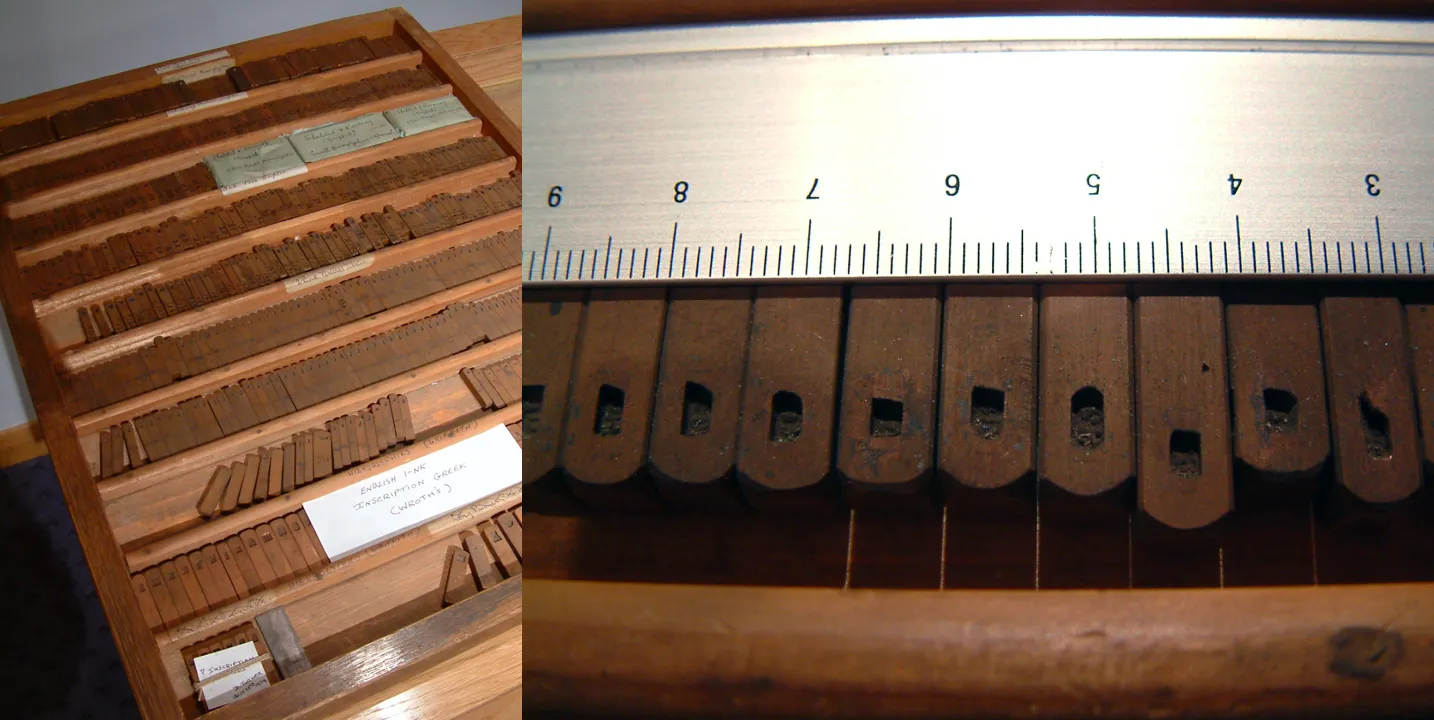

















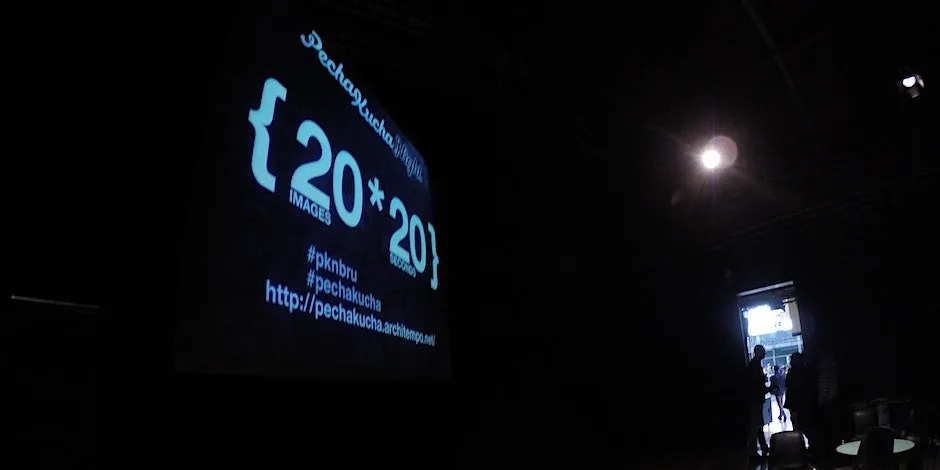

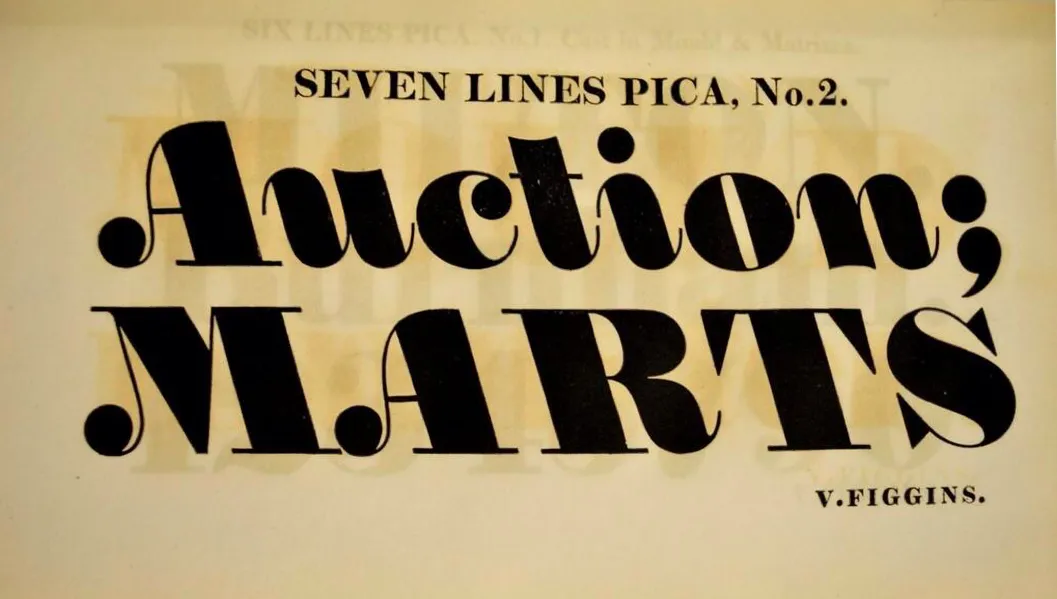

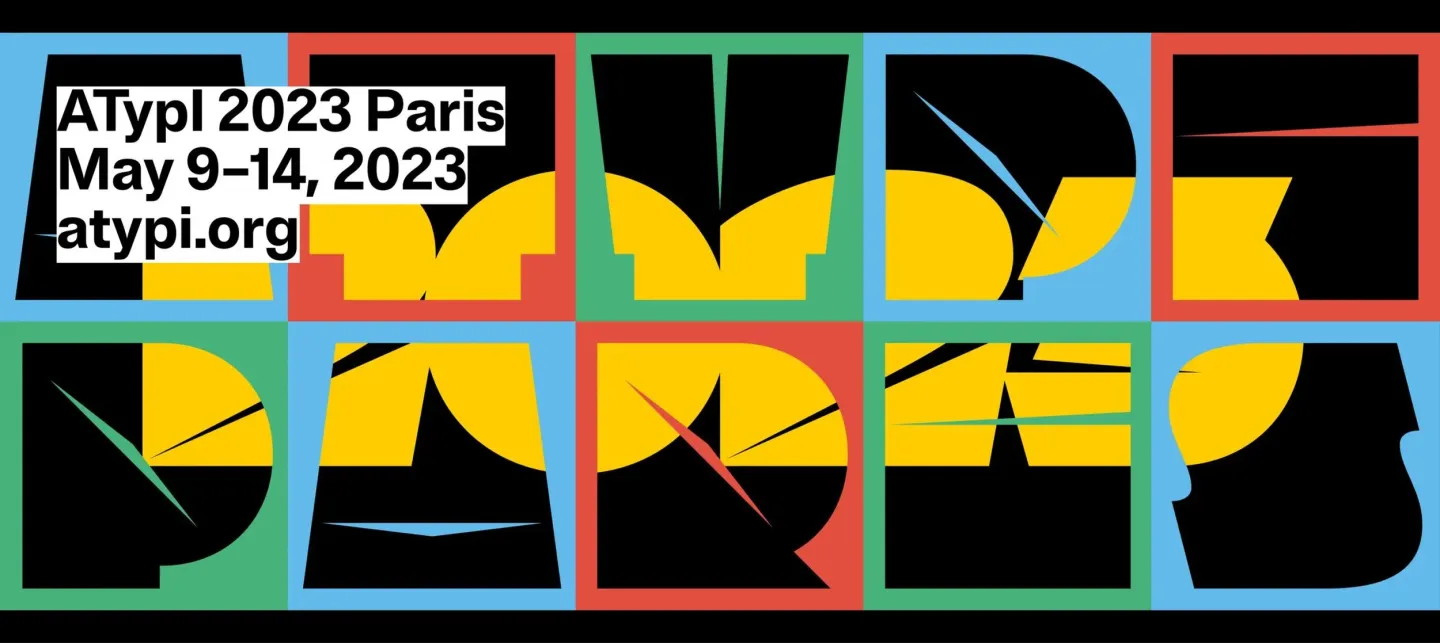



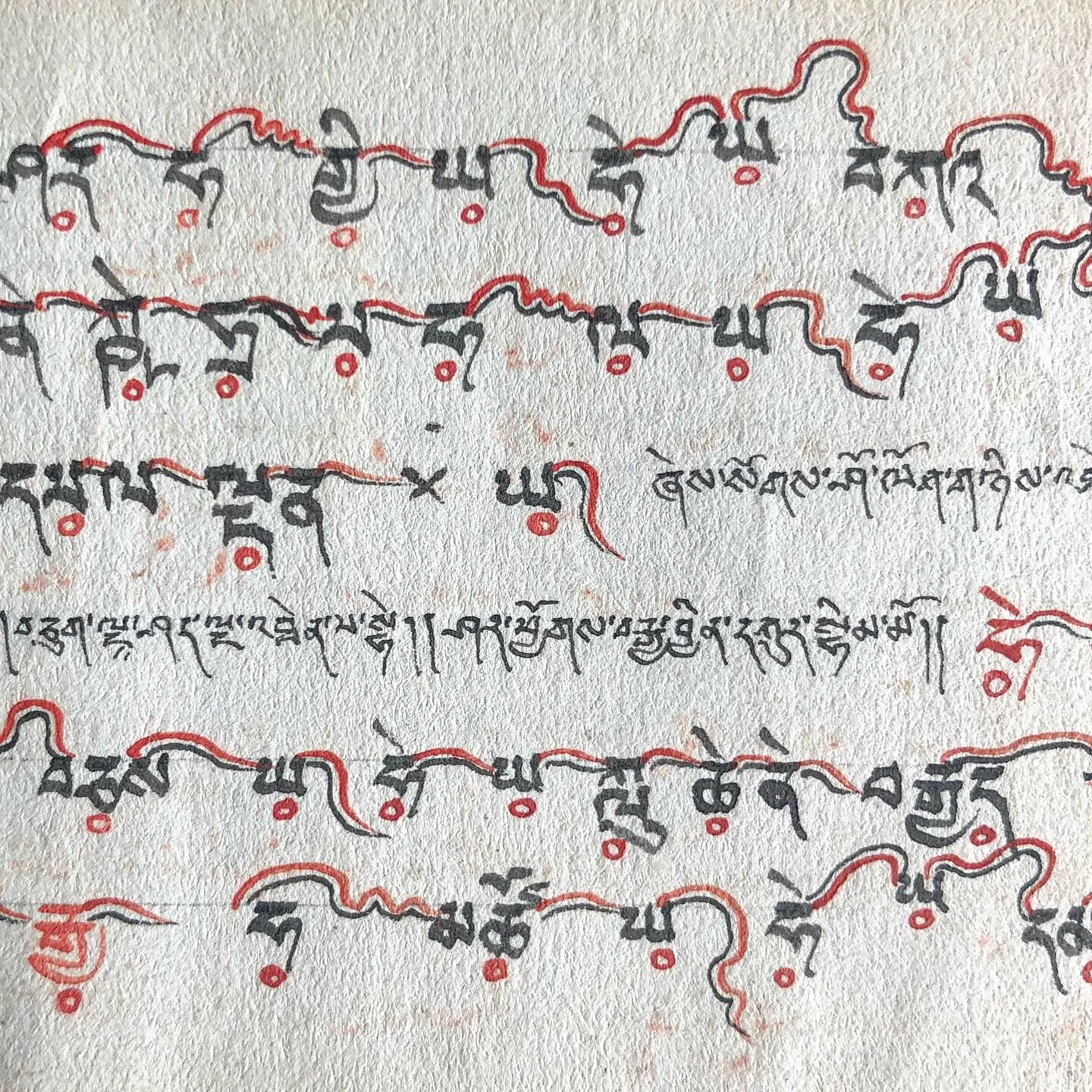

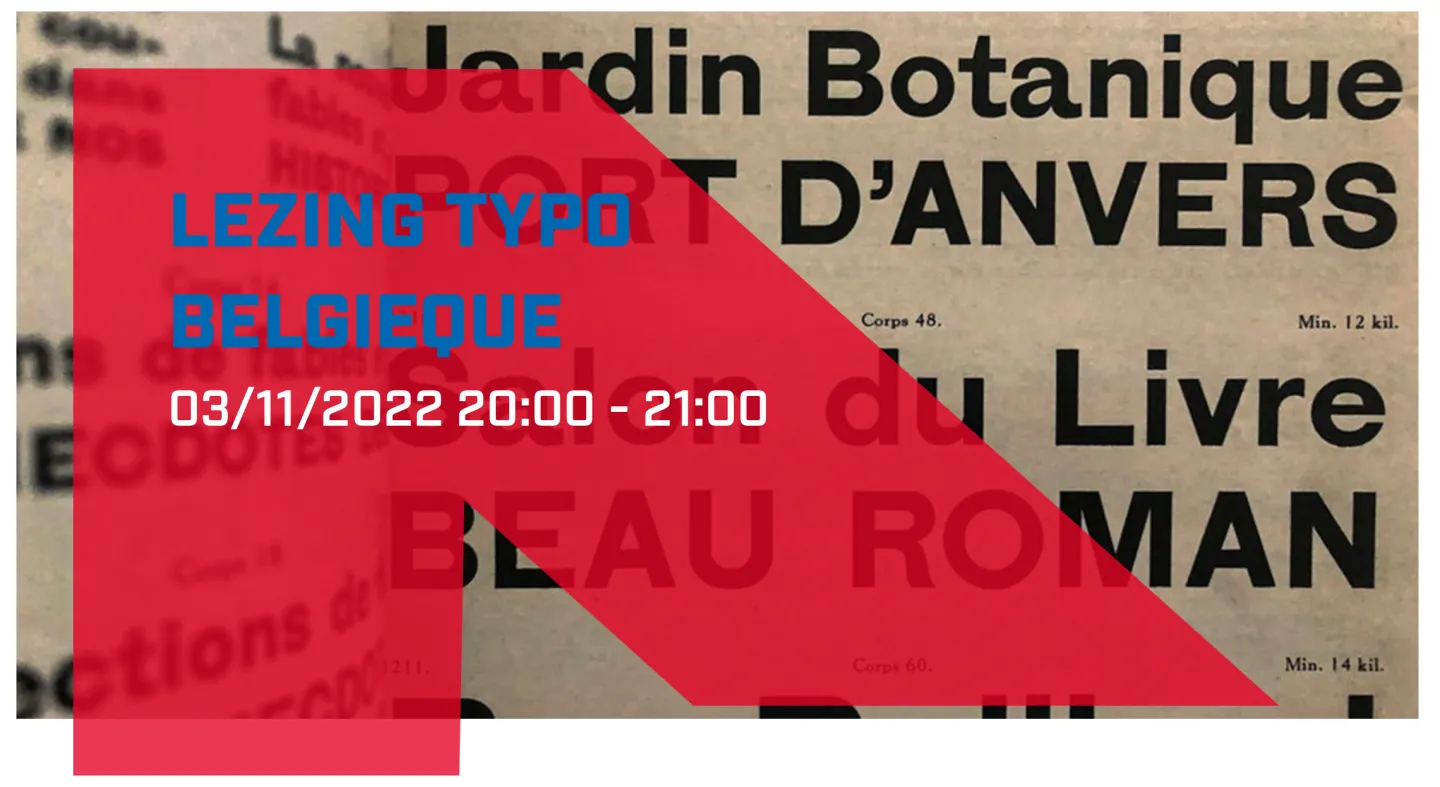

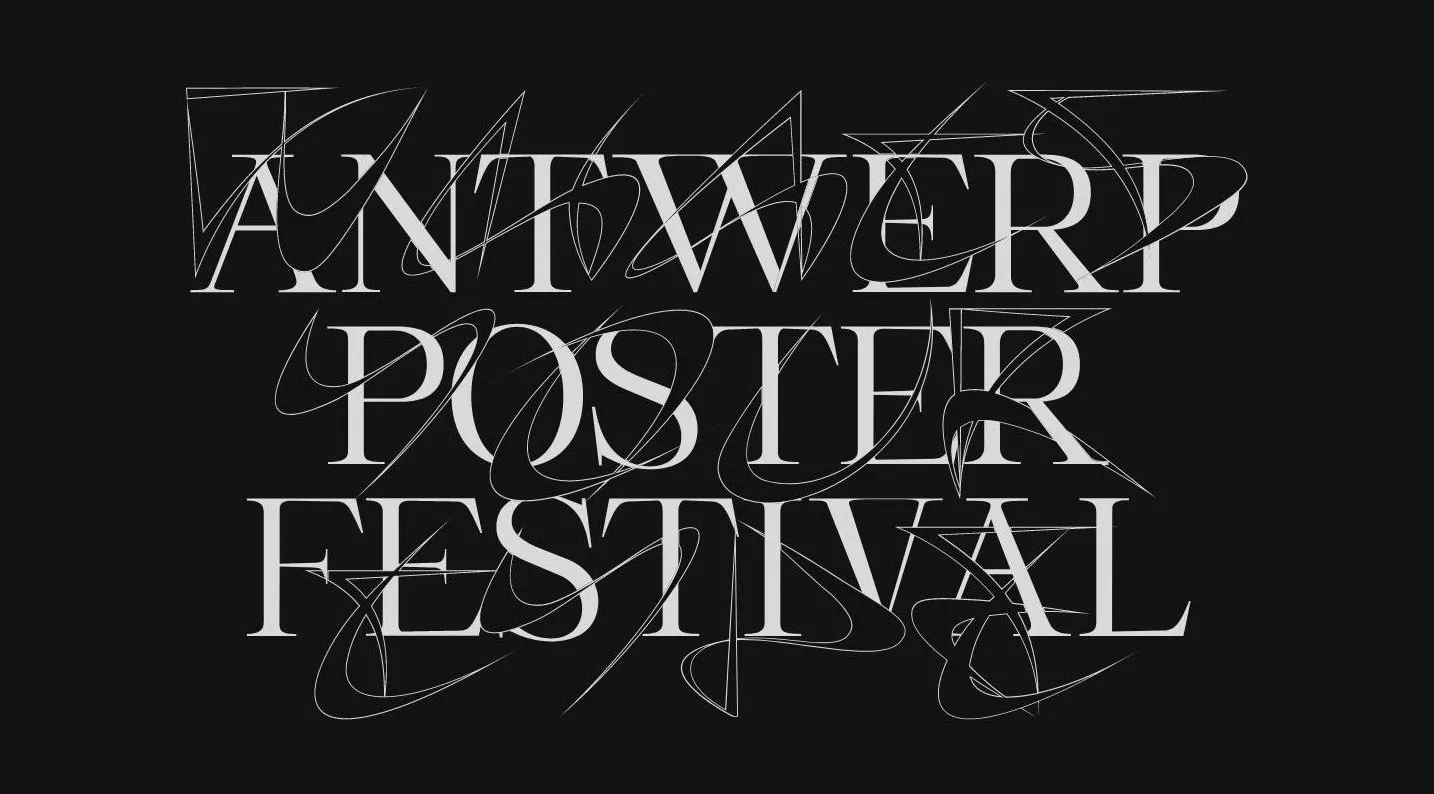



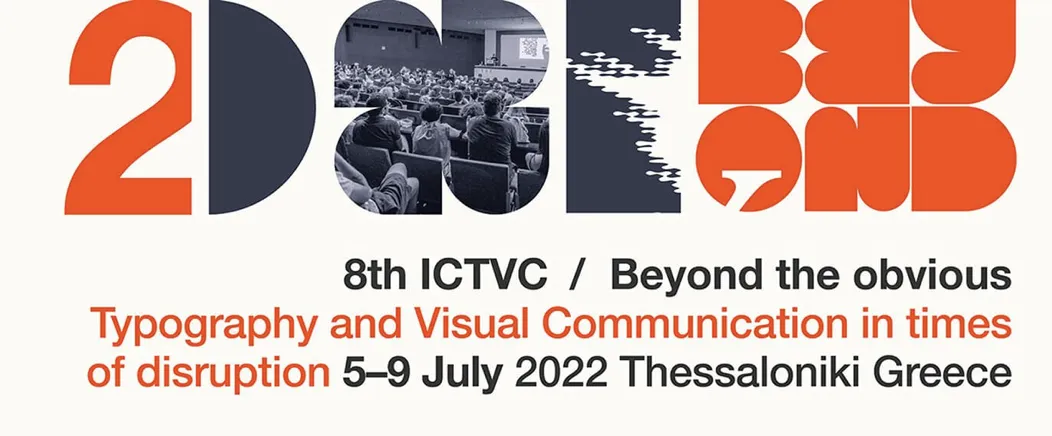

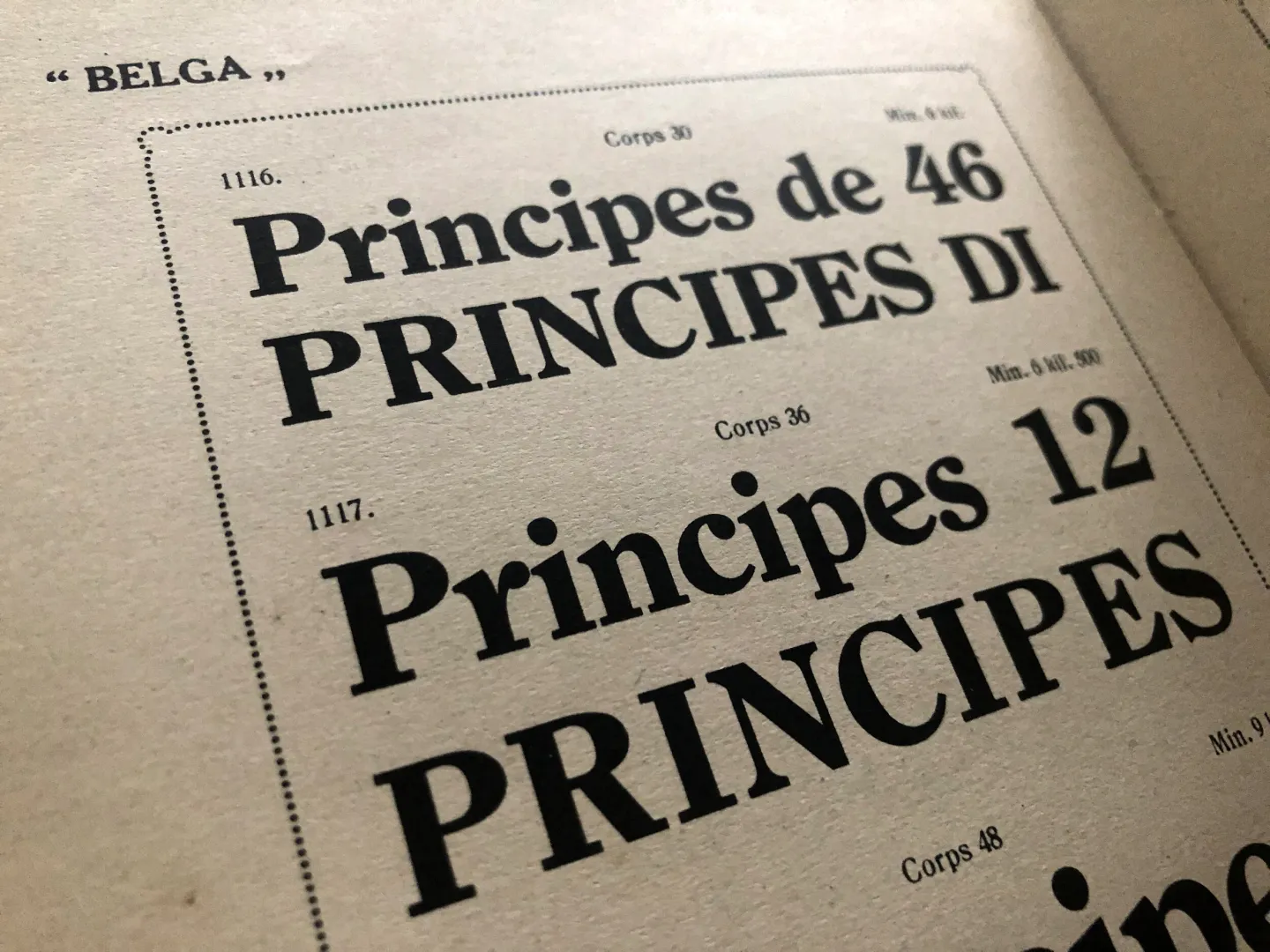







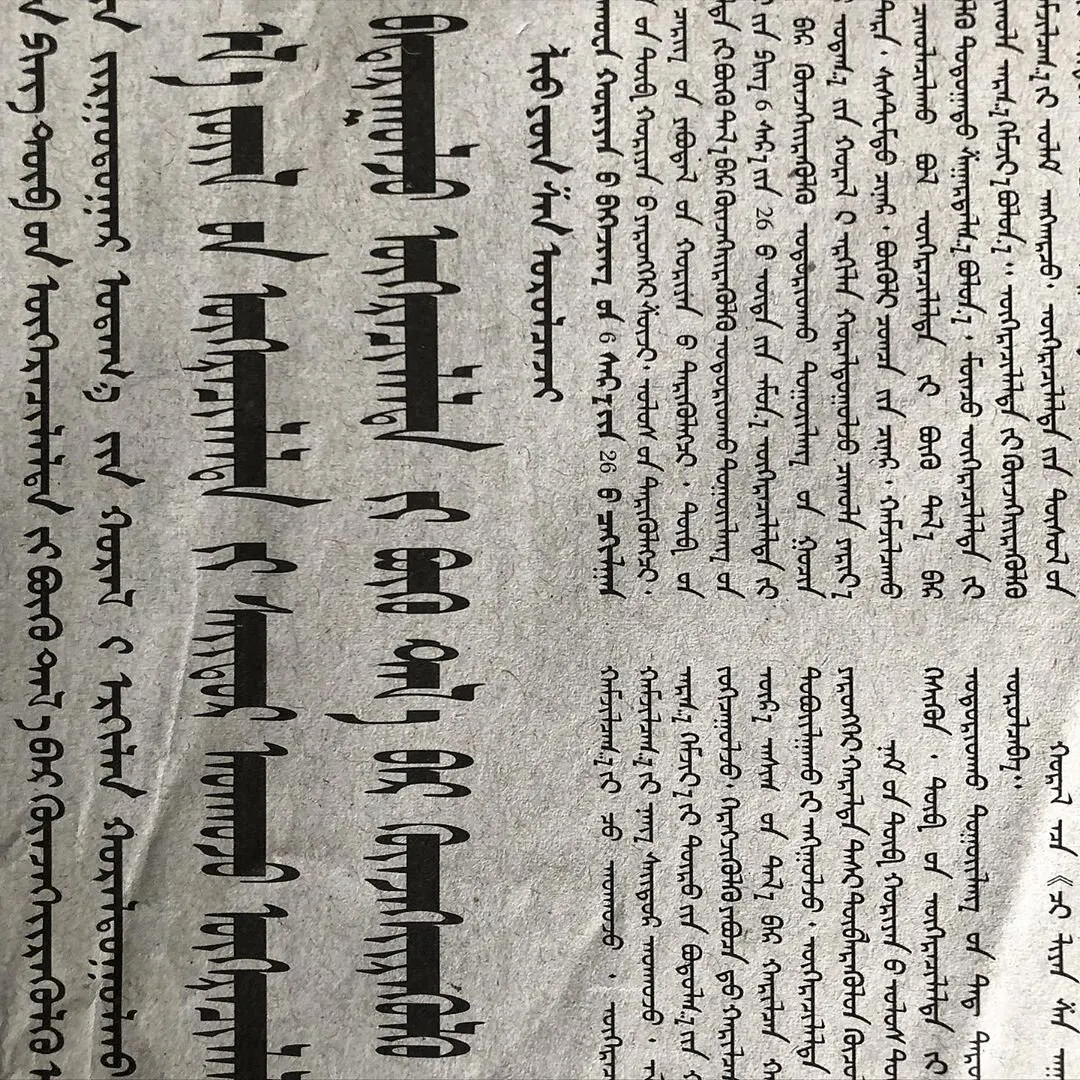



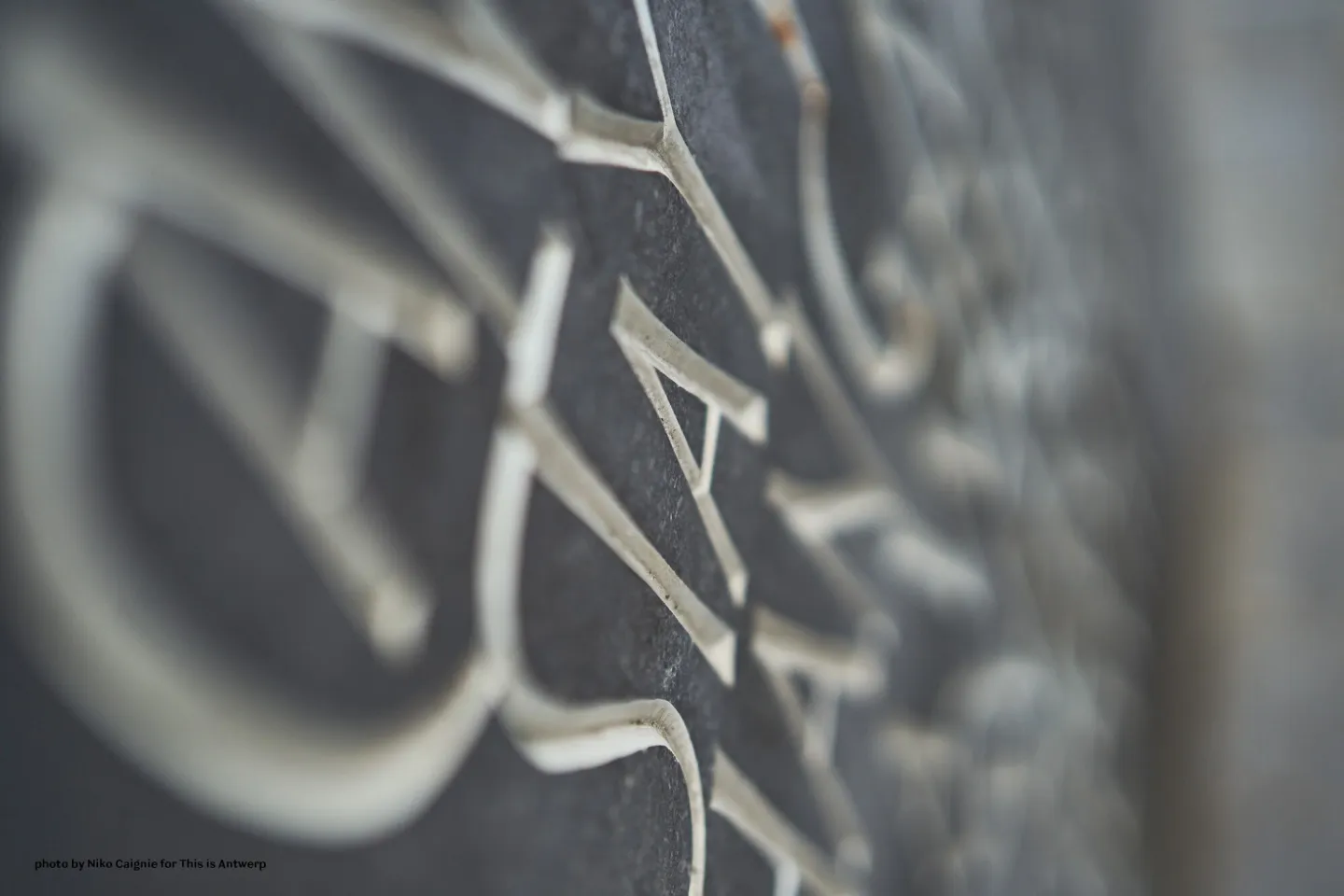



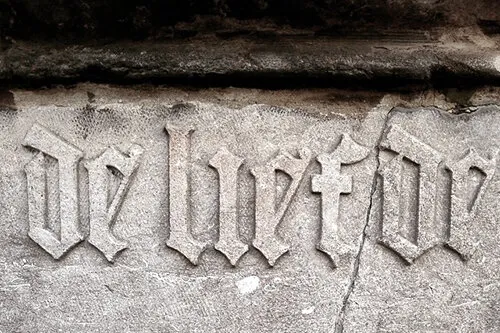



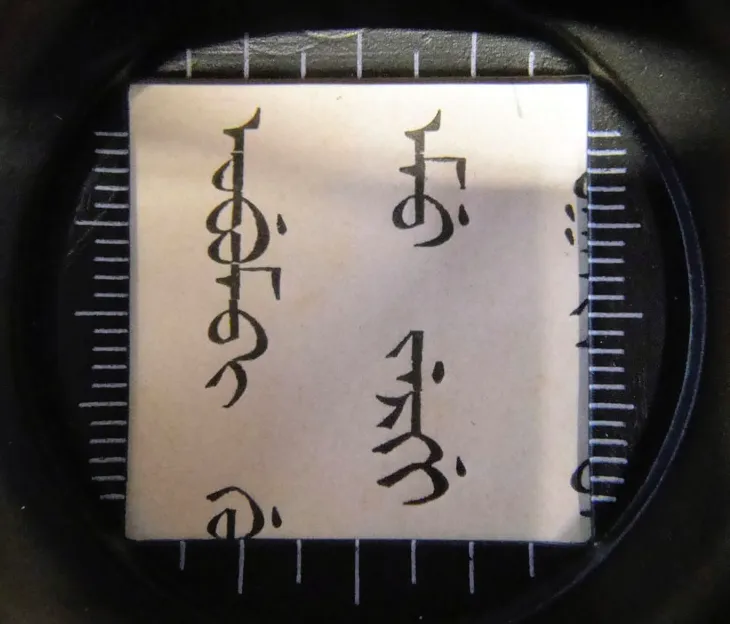

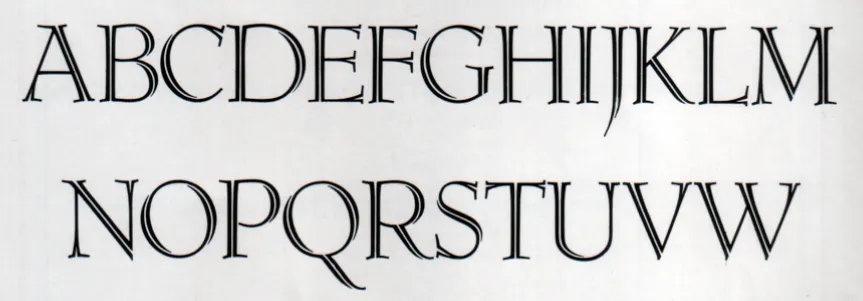







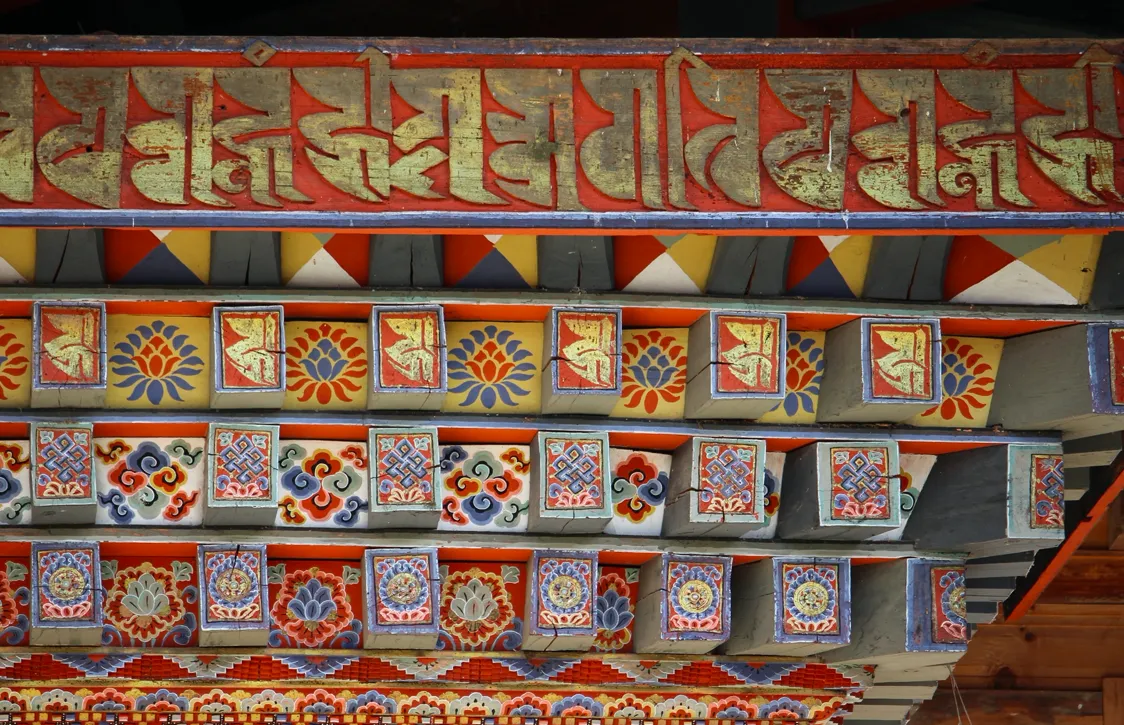

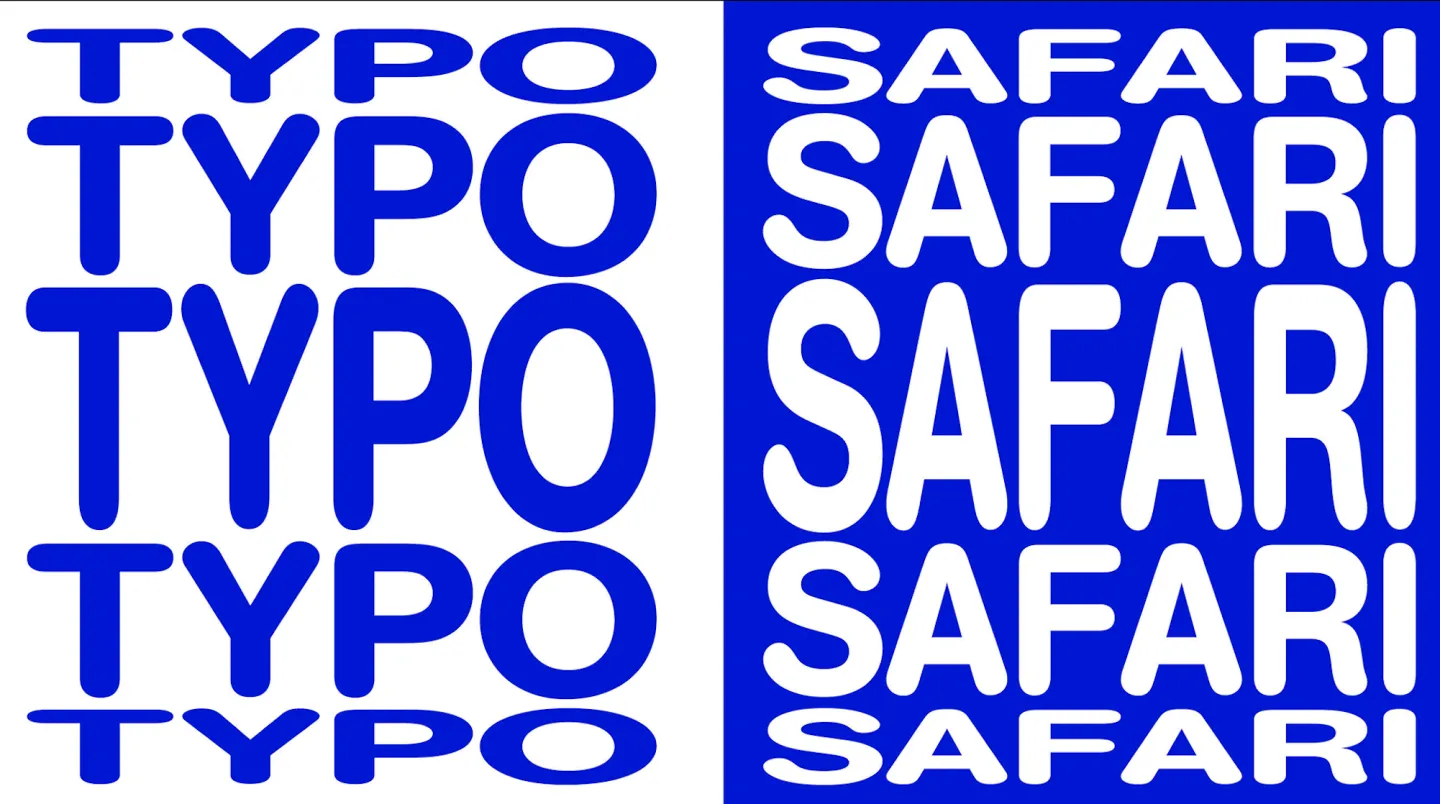

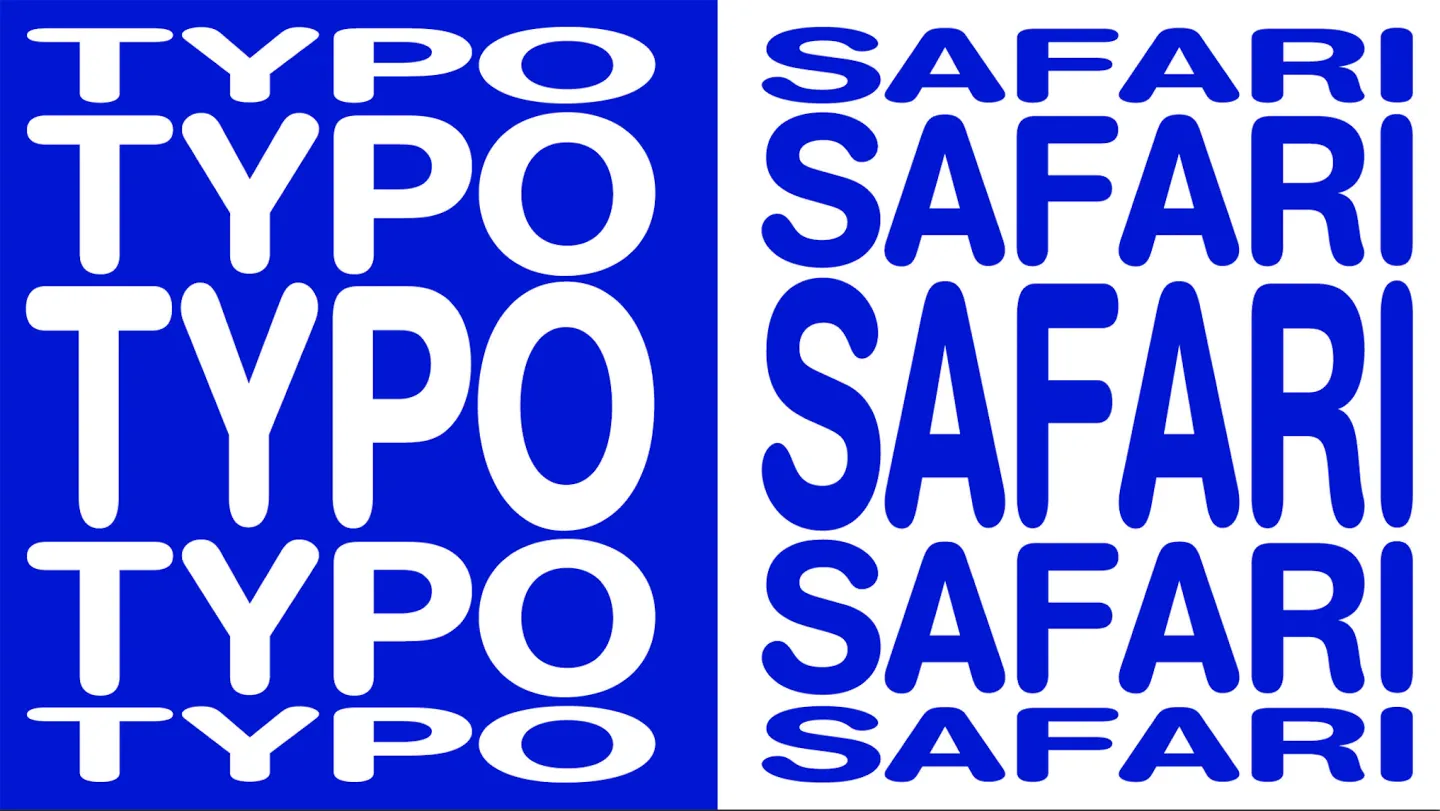



![talk [free]: Tibetan Typeforms – the historical development of Tibetan Typefaces]( https://studiotype.be/media/pages/blog/talk-free-tibetan-typeforms-the-historical-development-of-tibetan-typefaces/eb0e045741-1715264037/tt1jdb-1440x.webp)

![typewalk Antwerp 10 [cancelled due to new covid-19 regulations]]( https://studiotype.be/media/pages/blog/typewalk-antwerp-10-cancelled-due-to-new-covid-19-regulations/10dc578a66-1715264037/date-type-walk-021-1440x.webp)